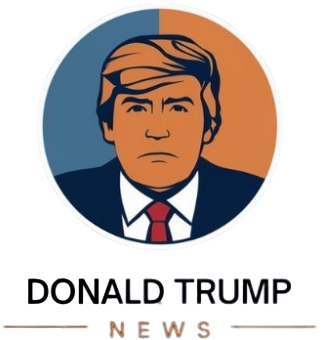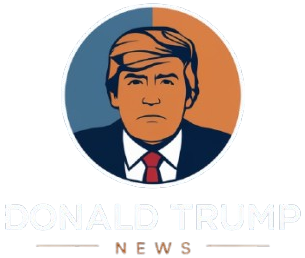As discussions surrounding the U.S. economy continue to evolve, the strength of the dollar has emerged as a pivotal topic of debate among economists, policymakers, and consumers alike. With the dollar often seen as a bellwether for economic health, questions are arising about the potential benefits and drawbacks of a weaker currency. Proponents argue that a depreciated dollar could boost exports, support domestic industries, and stimulate job growth, while critics warn of inflationary pressures and increased costs for imported goods. As the nation grapples with fluctuating economic indicators and shifting global markets, this article explores whether a weaker dollar could ultimately serve as a catalyst for revitalization or a harbinger of economic challenges for the United States.
The Economic Implications of a Weaker Dollar on American Exports
The depreciation of the dollar often leads to a surge in American exports, as domestic goods become more affordable for foreign buyers. This scenario can significantly boost the competitiveness of U.S. products in international markets. When the dollar weakens, foreign importers find themselves paying less in their own currencies for the same American goods, which can lead to an increase in demand. This potential rise in exports could create a ripple effect throughout various sectors of the economy, particularly for manufacturers and exporters who thrive on international sales.
Moreover, a weaker dollar tends to stimulate job creation within export-oriented industries, as businesses ramp up production to meet increased demand. Companies might also invest in expanding their operations to capitalize on the favorable exchange rates. However, it is important to consider the long-term implications of sustained dollar weakness, such as the risk of inflation and its effect on purchasing power for consumers at home. In addition to potential benefits, producers must weigh the strategic implications of relying heavily on foreign markets, which can fluctuate based on global economic conditions.
Assessing the Impact on Domestic Consumers and Inflation Rates
A weaker dollar can significantly influence domestic consumers, impacting their purchasing power and overall economic stability. With a depreciated currency, prices of imported goods are likely to rise. This could lead consumers to experience higher costs in several everyday products, including:
- Food and Beverages: Many food products are sourced from overseas, making them more expensive.
- Electronics: Imported gadgets may see price surges, leading consumers to reconsider purchasing decisions.
- Fashion and Apparel: Clothing and accessories from foreign brands could become less affordable.
On the flip side, a weaker dollar might provide a temporary boost to local manufacturing and exports, potentially leading to job creation. However, this uptick could come with inflationary pressures. As companies adjust to higher costs of imported raw materials, they might pass these increases onto consumers. The resultant effects on inflation rates could be illustrated as follows:
| Indicator | Before Weaker Dollar | After Weaker Dollar |
|---|---|---|
| Inflation Rate | 2.0% | 3.5% |
| Consumer Goods Prices | $100 | $105 |
| Local Manufacturing Jobs | 10,000 | 12,000 |
Strategic Recommendations for Policymakers in a Changing Currency Landscape
In light of the evolving dynamics of the global economy, policymakers should consider strategies that can help navigate the challenges posed by currency fluctuations. With the dollar’s strength impacting trade balances and inflation rates, the following recommendations can guide action:
- Promote Export Growth: Encourage industries that have the potential to thrive in a weaker dollar environment, particularly in sectors like manufacturing, agriculture, and technology.
- Diversify Trade Partners: Build relationships with emerging markets to mitigate dependency on traditional trading partners and cushion against dollar volatility.
- Invest in Foreign Relations: Leverage diplomatic engagement to explore favorable trade agreements that can enhance the competitive edge for U.S. exports.
Additionally, a comprehensive understanding of currency strategies can aid in formulating effective economic policies. Implementing measures focused on:
- Encouraging Foreign Investment: Create incentives that attract foreign investors, balancing capital flows and stabilizing currency markets.
- Boosting Domestic Production: Advocate for policies that strengthen American manufacturing capabilities to reduce reliance on imported goods and services.
- Monitoring Inflation Trends: Establish mechanisms to keep a close watch on inflationary pressures, ensuring that economic growth is sustainable and equitable.
To Wrap It Up
In conclusion, the potential implications of a weaker dollar present a complex landscape for the U.S. economy, with both opportunities and challenges. While a depreciated dollar may boost exports and stimulate domestic growth, it could also trigger inflationary pressures and complicate international investment strategies. As policymakers weigh these factors, the overarching question remains: can the U.S. harness the advantages of a weaker dollar without succumbing to its potential pitfalls? As the global economy continues to evolve, the strength or weakness of the dollar will undoubtedly remain a focal point of debate among economists, businesses, and consumers alike. Moving forward, careful consideration and strategic planning will be essential to navigate this pivotal economic issue.








